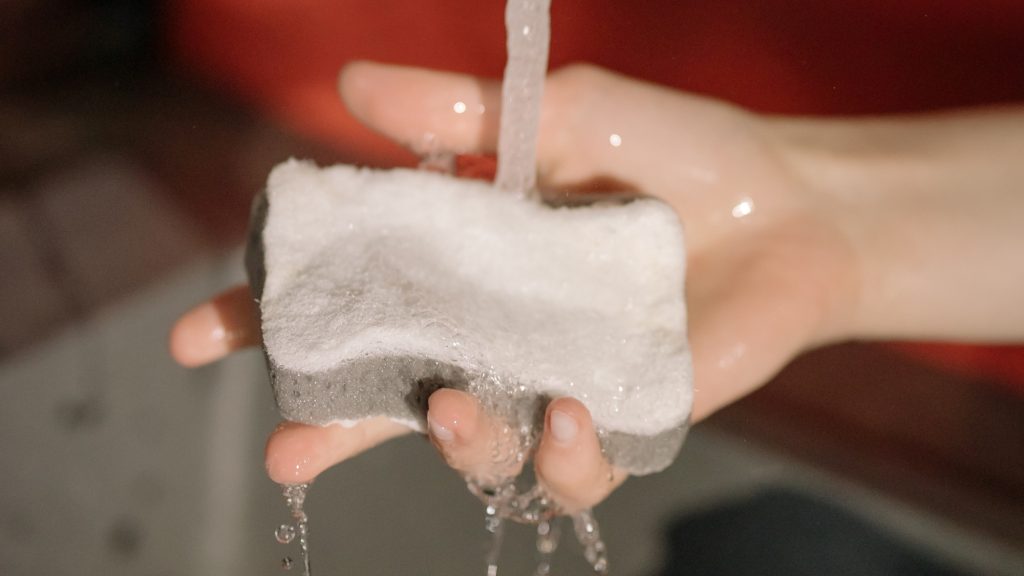FREE Shipping on Orders over $89 with Account – Create One Today!
- (844)-859-9400
- Get Help

Exudate management is a key factor in treating patients with hard-to-heal wounds.
Exudate plays an important role in wound healing. However, it can delay the process when in the wrong amount, in the wrong place, or of the wrong composition. Therefore, effective assessment and management of exudate is vital to ensuring timely wound healing without complications.
Read on to learn the causes and dangers of high exudate production, as well as some products (carried by Medical Monks, of course) that can help provide solutions.
Informal terms for wound exudate include ‘wound fluid’ or ‘wound drainage’ (World Union of Wound Healing Society, 2007). Exudate is best defined as: “Exuded matter; especially the material composed of serum, fibrin, and white blood cells that escapes into a superficial lesion or area of inflammation” (Merriam-Webster Dictionary, 2018).
The amount of exudate produced by a wound is dependent on:
A variety of wound dressings – most notably, foams – have been developed to treat highly exuding wounds.
Some of these foam dressings are able to absorb a reasonably high level of fluid but have little or no retention capabilities. Because of this, they cannot be used under compression, severely limiting the types of wounds they can treat.
Newer dressings, containing superabsorbent polymer (SAP), are more able to cope with higher levels of exudate and have proved successful clinically, some being able to be used under compression bandaging.
Make The Zetuvit® Plus family of dressings your preferred choice in the fight to prevent exudate related complications, manage the unpredictable, and to help patients regain confidence. Plus, they’re uniquely versatile, which can simplify the selection process.
They are indicated for a wide range of hard-to-heal wounds with moderate-to-high levels of wound exudate. These include wounds that tend to benefit from compression therapy, such as pressure injuries (PI), diabetic foot ulcers (DFU), venous leg ulcers (VLU) and arterial leg ulcers (ALU). Here are some specific examples:
… or someone you’re caring for, is in need of a dressing for wounds with moderate to high levels of exudate, contact a medical professional immediately. Please feel free to contact Medical Monks with any questions you may have about products that can help treat wounds with high exudate.
